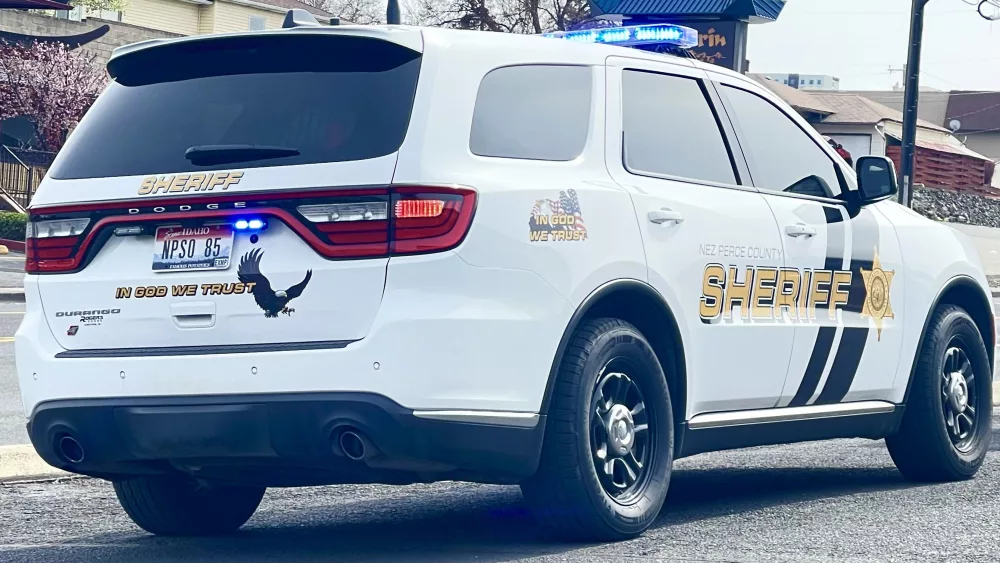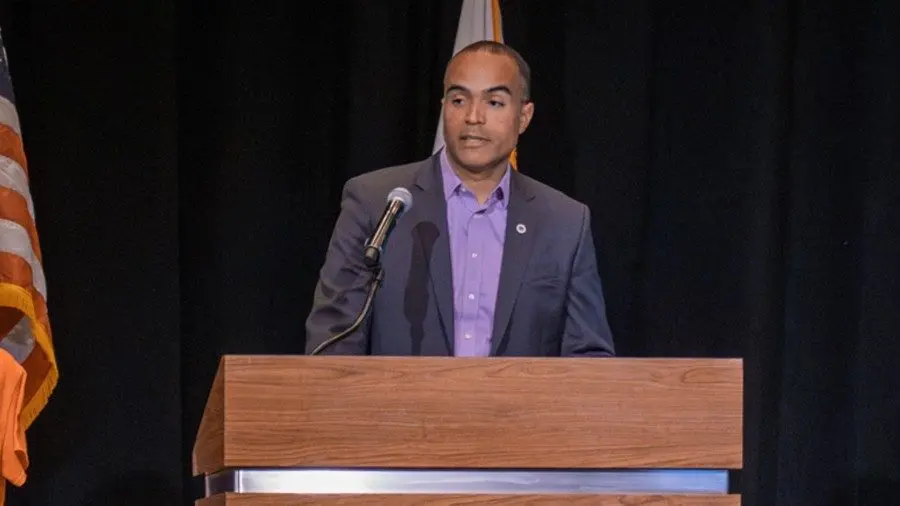(KAMIAH, ID) – Every year, first-year wildland firefighters are required to go through a week-long training, where they learn the basics of fire behavior, fire suppression, water handling techniques, and how to manage for safety. This year, the Nez Perce-Clearwater National Forest hosted Basic Guard School for all first-year wildland firefighters from state, tribal, and federal agencies in our region. Between Monday, June 3, and Friday, June 7, firefighters attended basic guard school at both the Kamiah Middle School and Kamiah High School, where they camped out and were provided meals in the “fire camp” fashion.
Each day, students attended class between 9:00 AM and 4:30 PM. Between Monday and Wednesday, firefighters were taught the skills and traits required for starting and utilizing Mark 3 pumps, understanding the differences between indirect and direct fireline construction, and using various fire tools and equipment. Additionally, firefighters were also given lessons on how to balance the intense demands of the job physically and mentally, fire shelter deployment, about the wildland-urban interface, and radio usage and communication. Between classroom instruction and hands-on exercise, firefighters spent a total of 35+ hours working towards the most exciting part of the week: field day.
On Thursday, June 6, five buses transported 64 firefighters to Lolo Campground, where firefighters spent half of the day between a handline construction station and a water handling station. At each station, firefighters were presented with MOCK fire scenarios, practice scenarios that prepare firefighters for very realistic situations they may encounter on the job. Here, they had to react by either constructing handline to remove available fuels between the MOCK fire and any unburned fuels or by using a Mark 3 pump to get water from the creek to their MOCK fire scenario. Firefighters rotated through the two stations and spent approximately three hours digging handline with various hand tools and another three hours setting up hose-lays that extended a few hundred feet from the creek. By the end of the day, firefighters were able to experience critical components of the job they will be completing this summer, whether that be within the state of Idaho or somewhere else nationally!
Ryan Nuxoll, Moose Creek Ranger District’s Assistant Fire Management Officer and this year’s Basic Guard School coordinator, shared the importance of first-year firefighters going through guard school, “It is important that we put on basic guard school locally for the first-year firefighters so that we can give them a solid training foundation with experienced instructors, who will help set them up for their first season as a wildland firefighter. It’s also important that we work together with our partners to have Guard School locally, so that it gets us collaborating early in the season to coordinate efforts that will help the next generation of firefighters.”
Nuxoll also shared the key takeaways that he expects this year’s “graduating class” of wildland firefighters to walk away with: “This year’s basic guard school attendants were given professional training on how to keep themselves and each other safe this season. Remembering that firefighter safety and well-being is one of our core values will be crucial to the decisions they make during their first fire season and future seasons. I hope they build relationships with fellow first-year firefighters within other districts and agencies, so when they meet on a fire this season, they know one another and can get right to work. Finally, I hope they understand the ‘why’ we do what we do for our communities on fires throughout this fire season.”
As firefighters continue to prepare themselves for the upcoming season, we wish all firefighters a safe fire season! If you are interested in pursuing a career in wildland fire, please contact MJ Miller, 208-935-6134, for more information on the federal hiring timeline and process.




